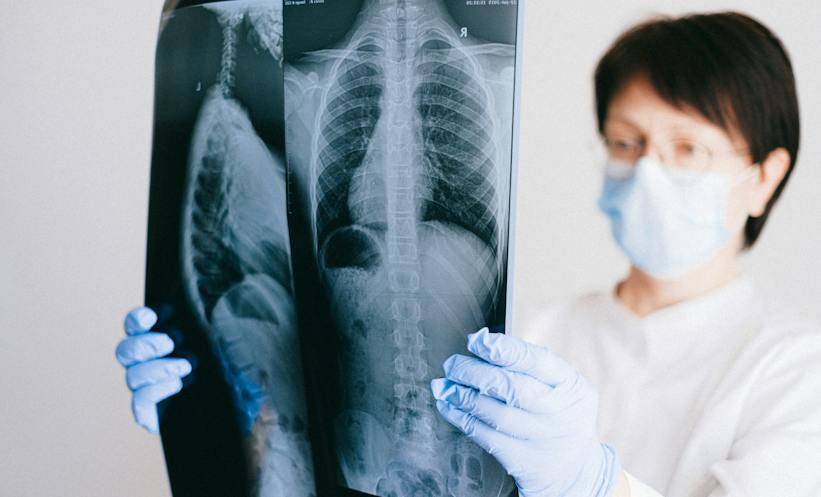RISK factors of invasive fungal infections (IFI) for lung transplant recipients receiving universal antifungal treatment varied in terms of early and late infections, as well as invasive-mould type infections, according to a study conducted at Duke University, North Carolina, USA. The researchers, led by Jonathan P. Huggins, Duke University, aimed to understand how risk factors for invasive candidiasis (IC) differ from risk factors for invasive mould infection (IMI).
Huggins and colleagues undertook a retrospective, single-centre cohort study that assessed 603 individuals who had received a lung transplant for risk factors for IC and IMI within 90 days of transplant, and late IMI 90 days to a year after transplant had taken place.
Results obtained from the study revealed that 159 (26.4%) patients had 182 IFIs. Among these patients, growth of yeast on donor culture (hazard ratio [HR]: 1.02; 95% confidence interval [CI]: 1.89–5.75), and prolonged length of stay (HR: 1.02; 95% CI: 1.01–1.03) were associated with an early IC risk. Moreover, transplants taking place in 2016 (HR: 0.21; 95% CI: 0.06–0.70), or 2017 (HR: 0.25; 95% CI: 0.08–0.80), and female recipient sex (HR: 0.53; 95% CI: 0.30–0.93) were linked with a reduced risk of developing an IFI. In individuals with IMI, anti-mould therapy was associated with a lower risk of early IMI (HR: 0.21; 95% CI: 0.060–0.78), and female donor sex was associated with lower risk of late IMI (HR: 0.4; 95% CI: 0.22–0.72). On the other hand, recent transplant rejection was a risk factor for late IMI (HR: 1.73; 95% CI: 1.02–2.95). Renal replacement therapy increased the risk of early IC (HR: 5.67; 95% CI: 3.01–10.67), early IMI (HR: 7.54; 95% CI: 1.93–29.45), and late IMI (HR: 5.33; 95% CI: 1.46–19.49).
Huggins concluded that the risk for developing IFIs following a lung transplant is very complex and that “local epidemiology is important to consider, but so too are institutional practices such as the antifungal prophylaxis strategy employed.”








